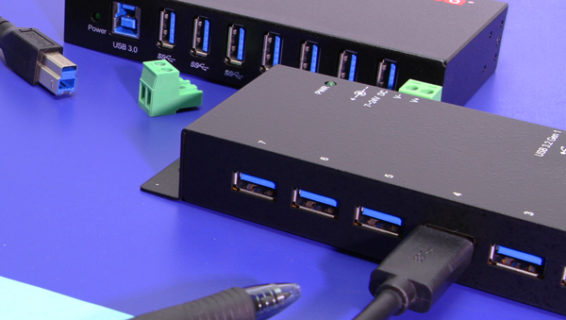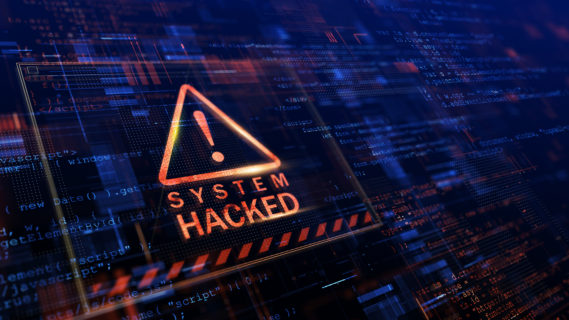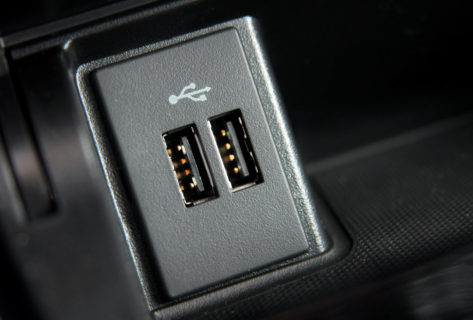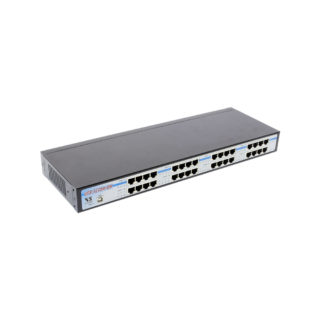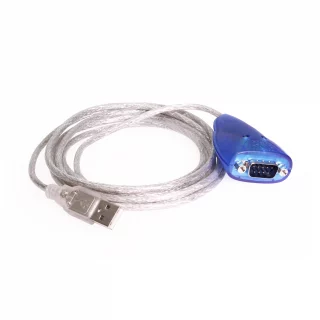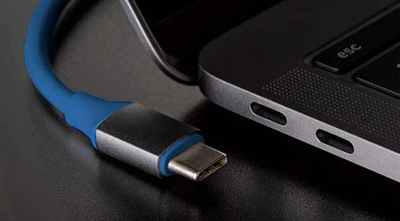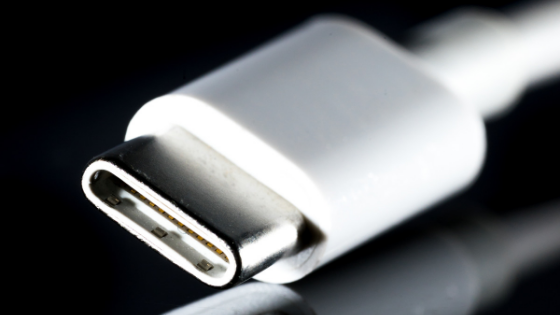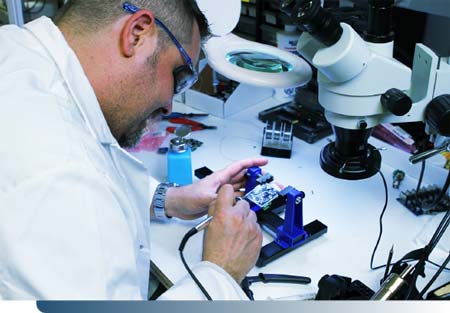It’s the little things we take for granted. That little plug on our phones ends up being a very big part of our lives. It powers the technology that we use to access work, friends, memories, maps, games, and other snippets of our lives that we instinctively refer to when we need something.
Recent legislation in the EU has brought attention to this tiny part of our devices by taking aim at Apple’s charging ports. Apple’s unique charging technology is being legislated to replace their brand of charging with the more commonly used USB-C ports. Read on to find out how this might affect you and your devices.
What Makes Apple Different?
Apple devices use a unique charger known as a Lightning charger. This is a charger that is unique to Apple as most other devices use the standard USB-C chargers. Why does Apple use the Lightning charger? Well, the jury is still out on that one. Apple itself has claimed that the shift from Lightning to USB-C would create a huge influx of electronic waste. E-waste as it is more commonly known is notoriously hard to break down and recycle, leaving Apple’s use of Lightning chargers well, meaningless.
Some have speculated that Apple’s dedication to its peripherals gives it control over its ancillary devices. It also further creates a unique and “club-like” feel for those who are part of the Apple community. Regardless of Apple’s motivations, it is clear that a wide range of plausible justifications may be responsible for Apple’s decisions.
The USB-C and the Future
Recent EU legislation has proposed changing Apple’s charging practices to switch fully to USB-C. USB-C is largely considered to be a superior recharge method. With faster charger and more durable technology, it was shown in a 2019 survey that over a fifth of device malfunction were related to non-standard chargers.
These malfunctions, according to the EU legislation, actually creates more e-waste. This contradicts Apple’s claims regarding its potential electronic waste. In fact, claims in the legislation state that “cable clutter” leads to over 51,000 tons of annual e-waste.
Where the Legislation Is Now and What This Means for You
Apple seems to be digging its heels into the ground, stating a host of reasons for not changing, including not wanting to leave current Apple customers in the dust when it comes to shifting chargers, as well as the aforementioned e-waste problem.
However, many new studies are showing the swath of inefficiencies related to Lightning ports and it is speculated by some industry minds that if Apple wants to maintain a competitive product, they should adapt to the newer, more efficient technology. As it seems right now, the “phone-brand wars” will mostly likely use this as a talking point when creating new ads to bolster their own product.
The legislation isn’t dead yet though. A January 2020 vote was overwhelmingly in favor of standardizing charging points and in the months to come, the EU has promised to look at various alternatives to the standards as they currently are today.
Coolgear’s Products Can Help Out
Who knows where the legislation will take us, but to prepare, Coolgear is armed to the teeth with robust USB options. Whether you’re looking for the standard USB-C to prepare for possible changes or are looking for faster, more powerful charging options, Coolgear is the answer for a future filled with technological pivots.



